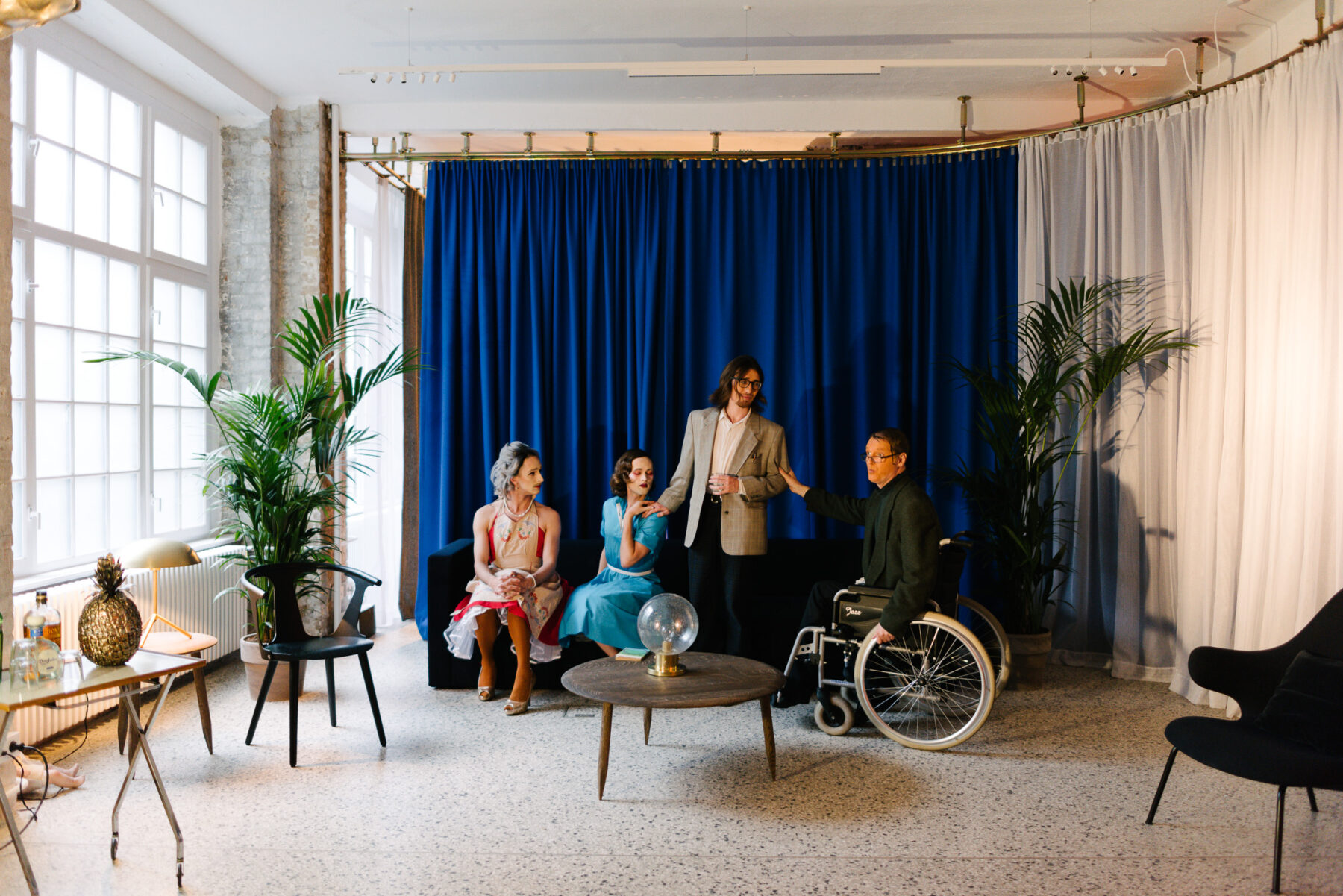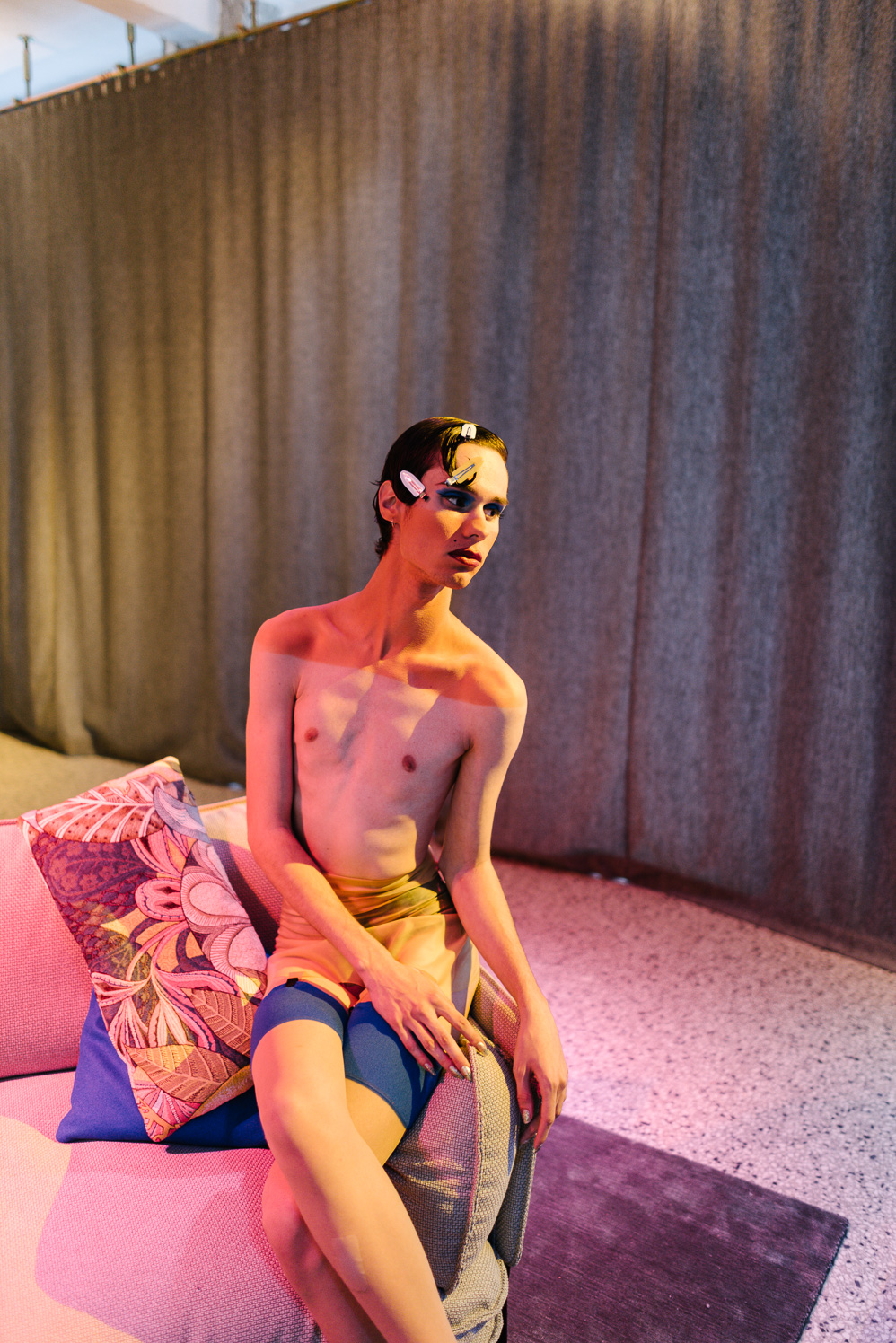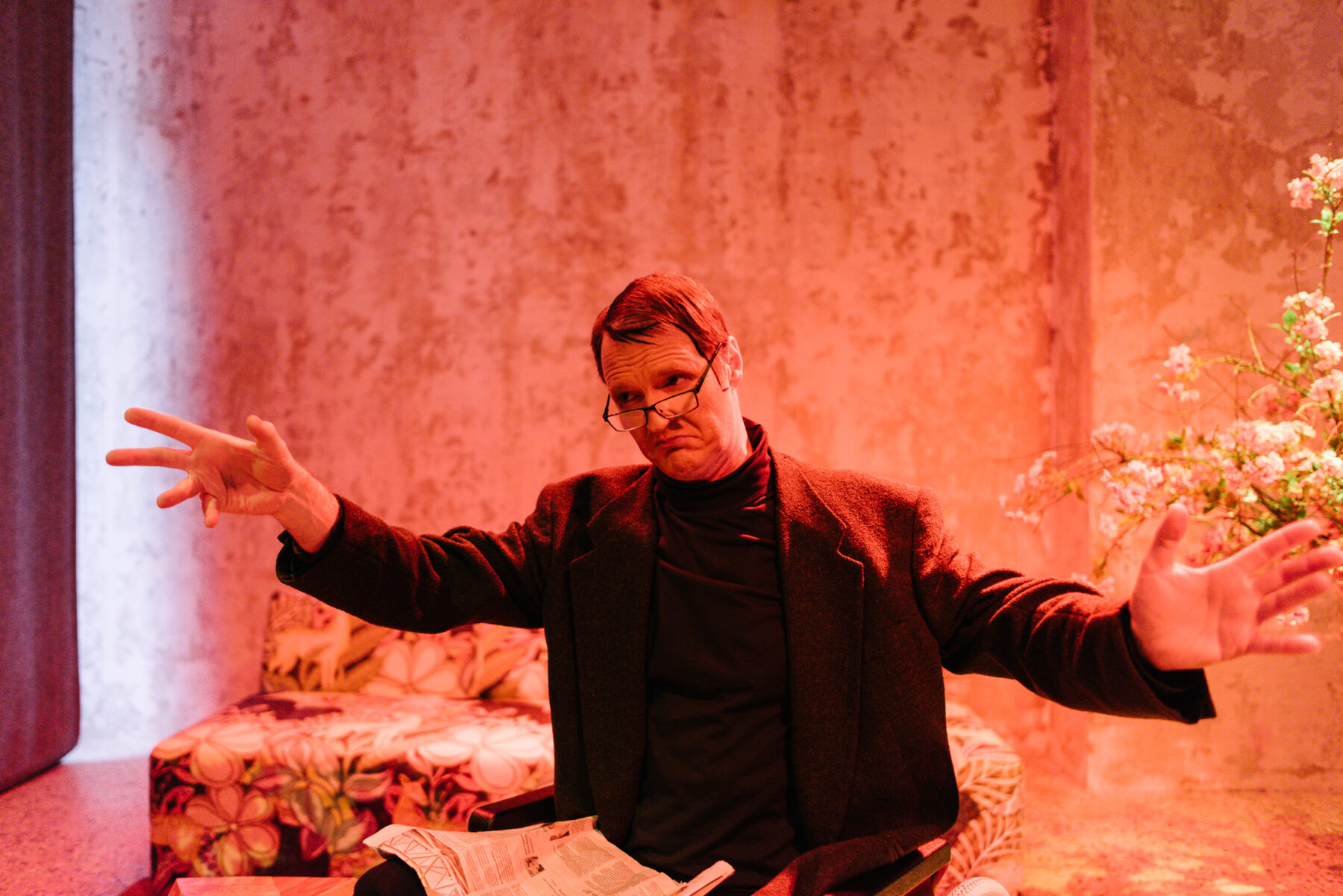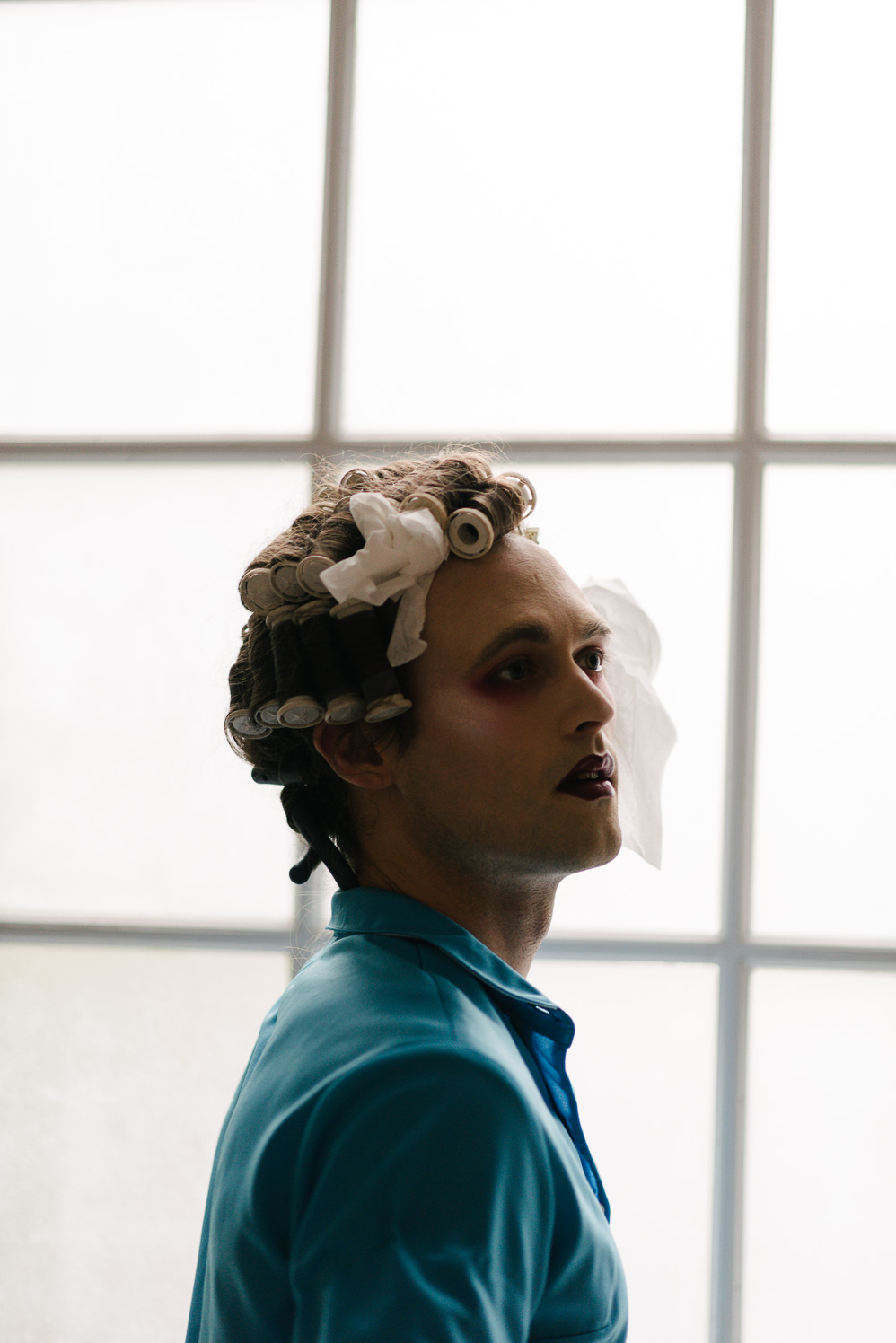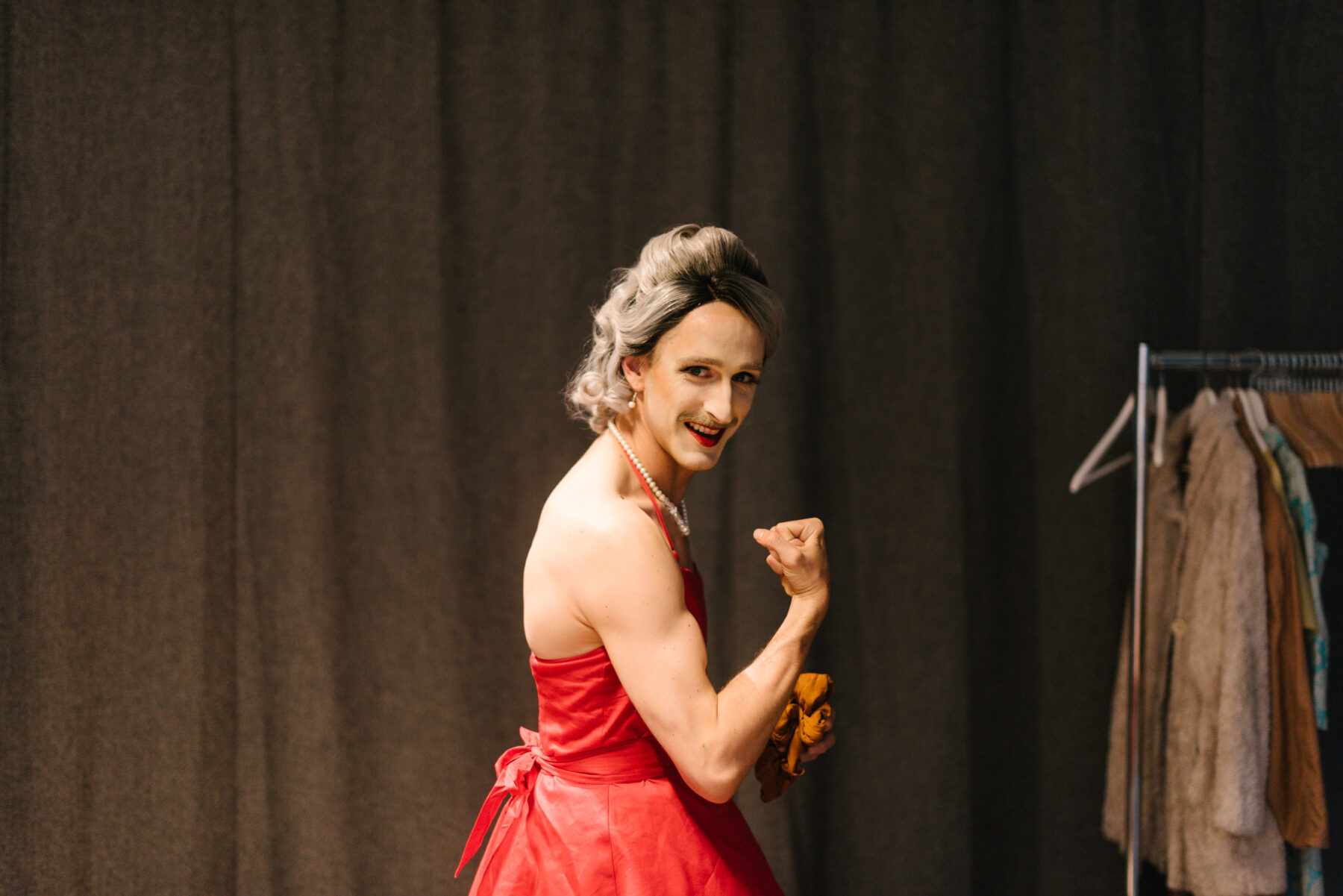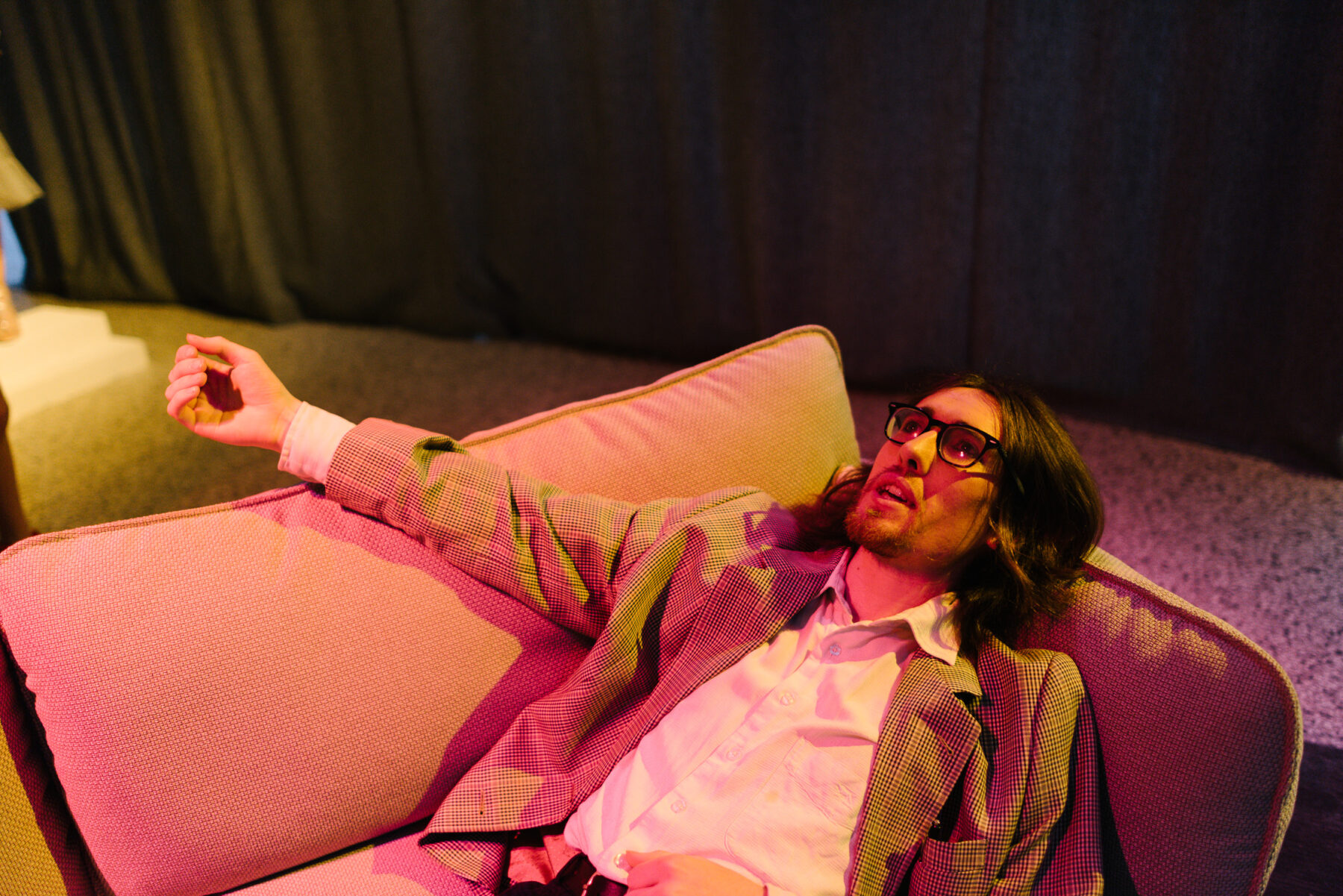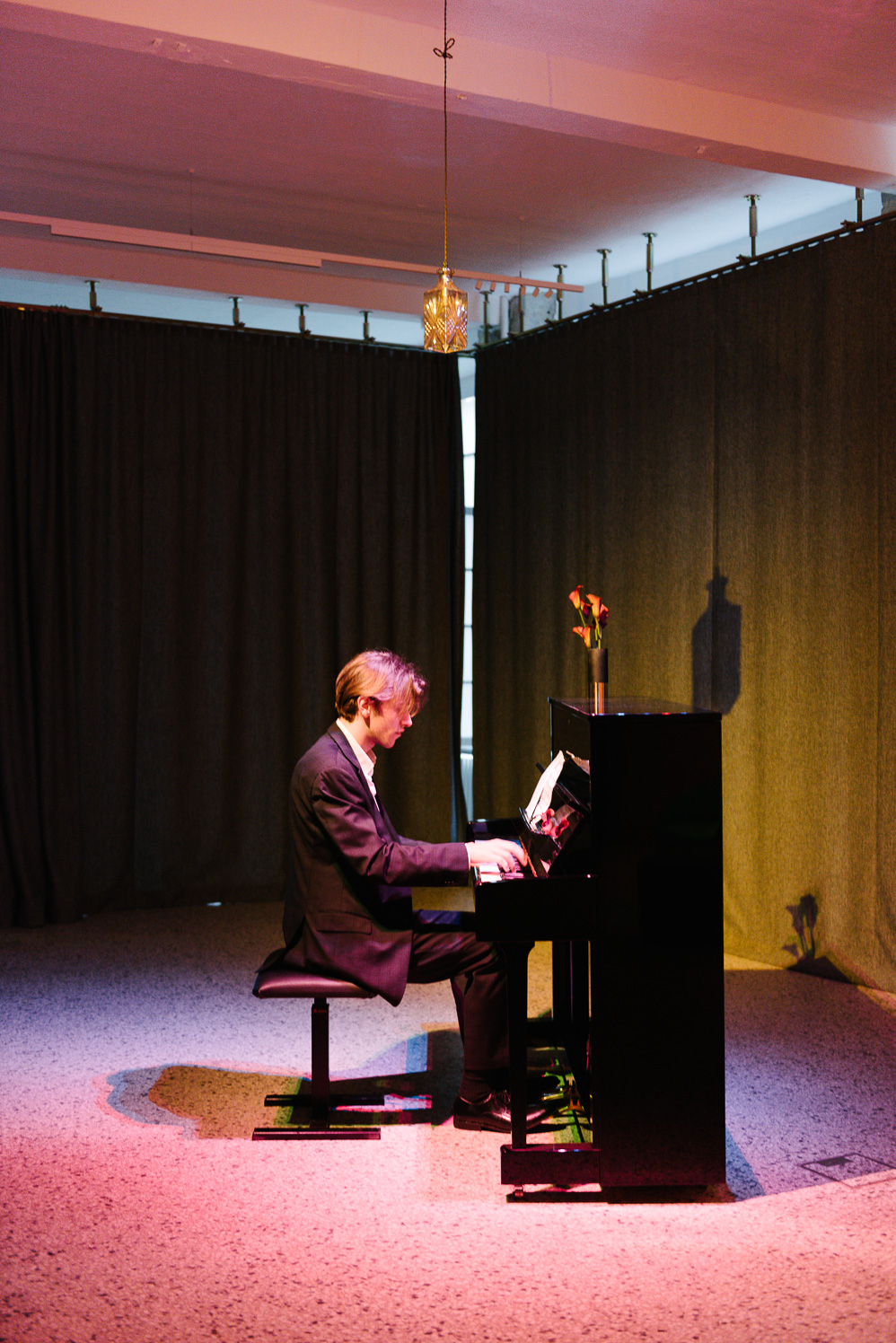On the necessity of performance art with Tarren Johnson, writer and director of ‘The Showroom’
A surreal exploration of global disconnect in the Friends Space
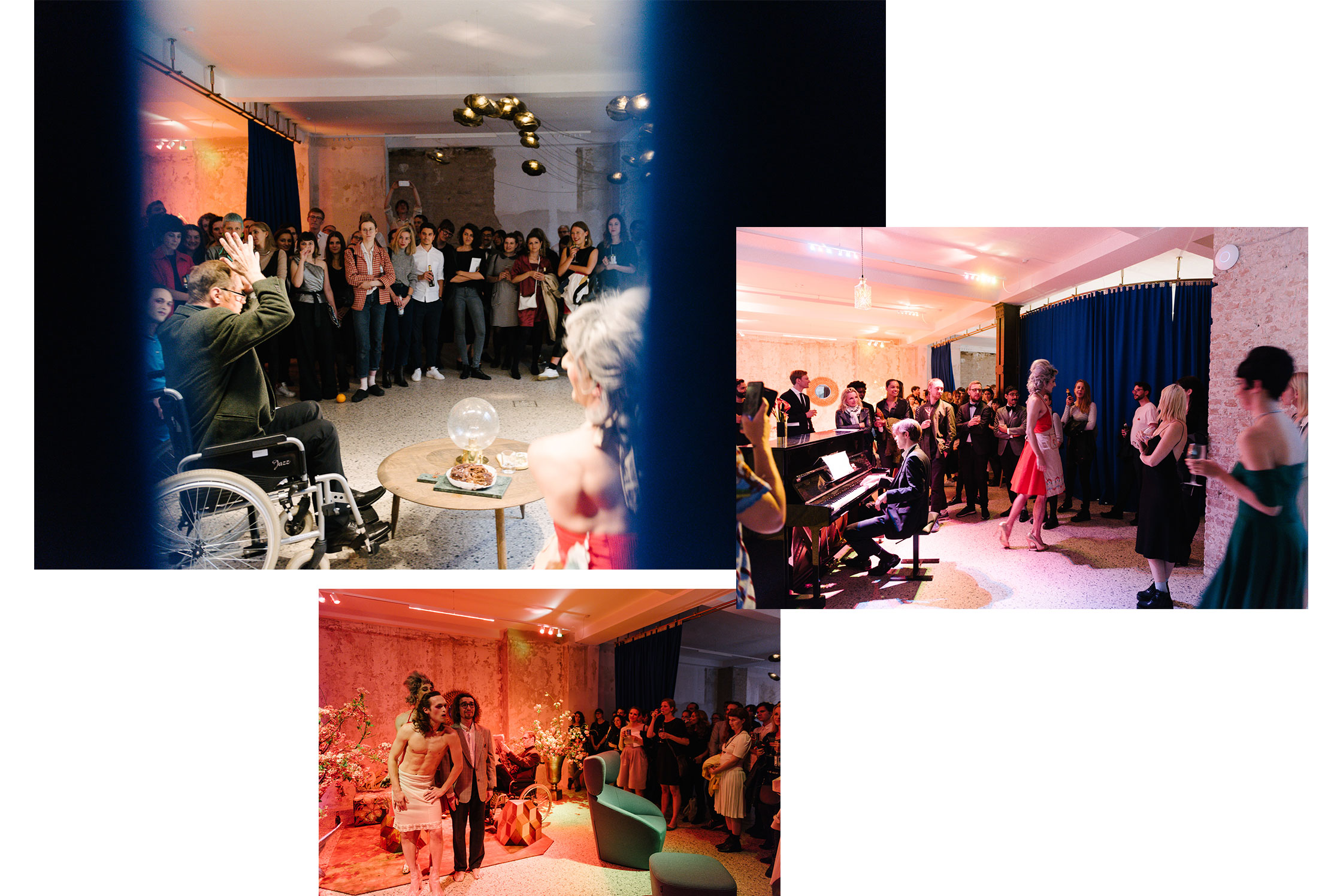
We live in a time of global disconnect—where imagined lines that cross land masses become walls that divide us, and where technological advances designed to bring us closer, serve to only force us further apart. To make sense of such chaos, we seek new ways to unite people—even if only temporarily, and new prisms to view the world through. Performance art offers one such way. Heralded as the most essential medium of the 21st century, performance art has seen movement from solitary artistic practice towards a shared experience of, and community through, art. The current renewal of the medium and its position as the art style of ‘the moment’—solidified by Anne Imhof’s Golden Lion-winning piece ‘Faust’ at this years Venice Biennale—expresses something not only about contemporary art, but also about contemporary society. Following the debut of the ‘The Showroom’ in the FvF Friends Space, we spoke to writer and director Tarren Johnson about the increasing use of non-traditional spaces by artists, and the way in which performance art offers new ways to engage with, and respond to, global issues.
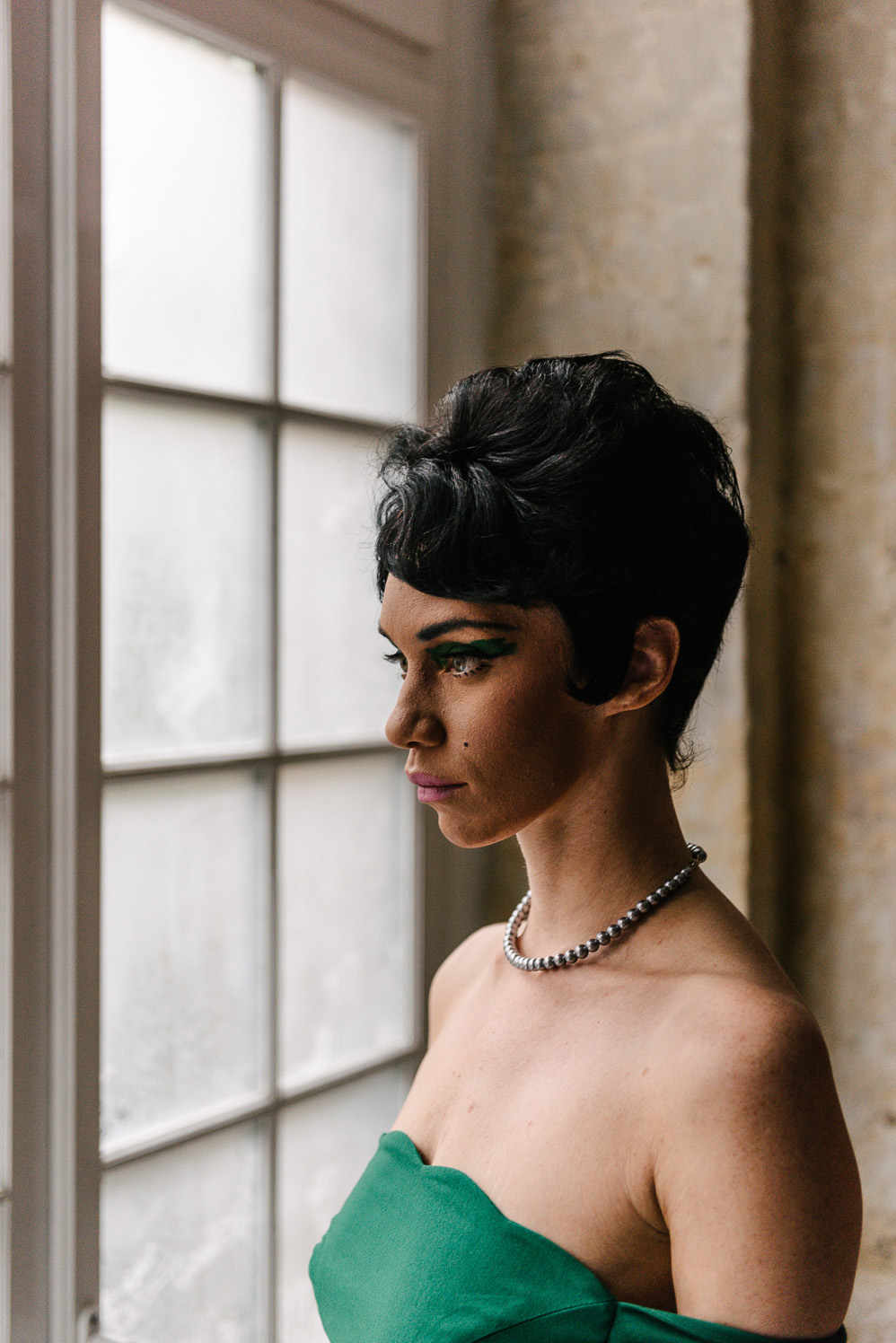
Her versatility is evident in ‘The Showroom’ a performative installation that she wrote, directed and performed in; which melds musical theatre, choreographed movement, LARP (live action role-play) and drag. ‘The Showroom’ centers around four characters, whose interactions address ideas of gender, question the value of entertainment and advertising, and ponder the death of American culture. The performance utilized every part of the 350-square-meter event space—with scenes taking place across the Friends Space in sections delineated by cobalt blue curtains. Without a backstage, everything was on display. At any moment, you might find yourself in a scene, leaving a scene, or accidentally entering another.
The audience entered the space via a stone staircase lit by candles, and the evening began with cocktails in hand and a LARP dinner in action. A bell rang, and the LARPers turned their attention from one another to the audience; conversations were had, palms were read and then they dissolved into the 100 strong crowd. Was this a sign that the show had begun? It felt voyeuristic and strange, as if we were the live studio audience of an American sitcom. The dinner, Tarren later explained, had started an hour before the doors were opened to the public—a deliberate strategy to make the audience feel that they were interrupting. Part LARP, part immersion theatre, ‘The Showroom’ was an experiential installation that required audience participation. “The LARPers were a bridge for the audience, because the audience were also asked to dress in either black tie or cocktail attire—something that is a little more formal, almost costume-like. The idea of the audience was also that they were extras, or that they were people that were a part of the space. I guess they were also kind of an installation. They were this entity that were kind of shifting and creating a framing for the different events that were happening.”
“You see a lot of performance art that is covered in brands, like Nike and Adidas, and it’s commercial, and I find that really strange.”
Tarren Johnson, Writer and Director
Dressed in costume (black tie or cocktail), the audience were required to interact and play along—be it with the LARPers and their dinner, or simply by navigating the space. By the very nature of the multi-part piece, there were moments where the lines between art and life blurred—things seemed suddenly theatrical because of their placement. Were the couple animatedly discussing the decoration of their kitchen wall really waiting for a cocktail, or were they a staged part of this strange performance? People retired to seats previously lounged in by the actors in the scene moments before, and by the end of the evening the prop wheelchair had been hijacked and raced through the space.
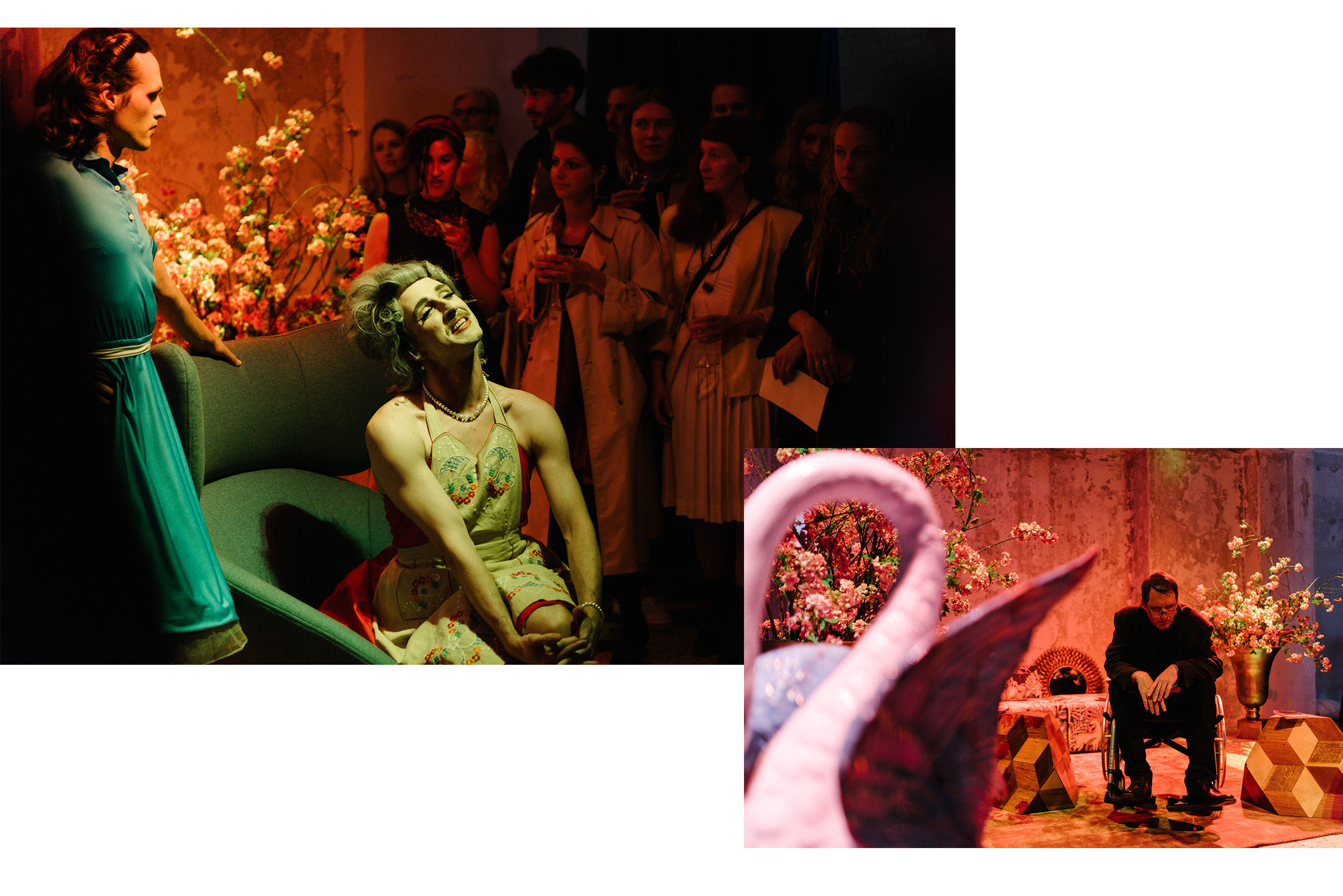
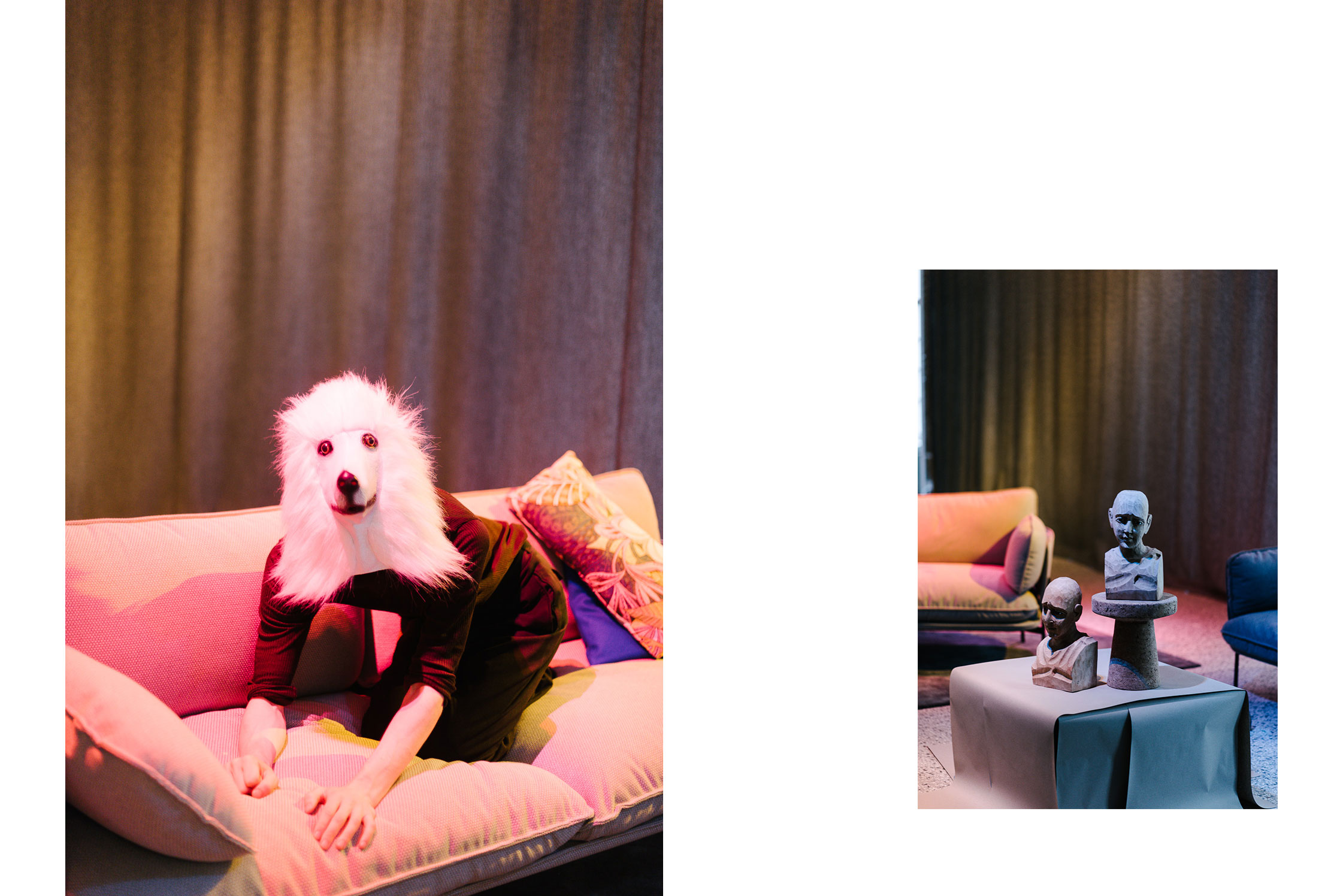
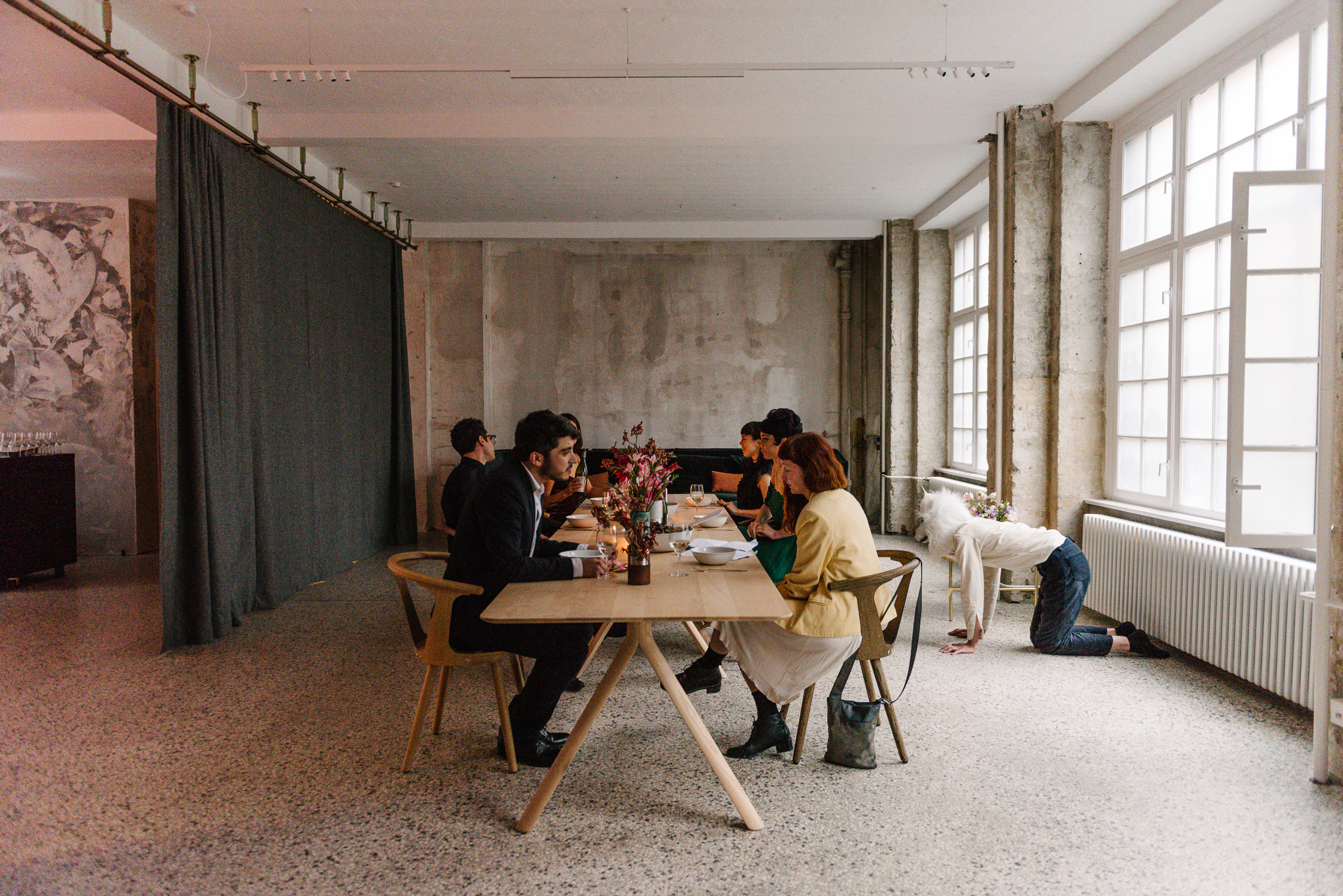
In many ways, it is this kind of audience engagement that has caused performance art’s recent rise to prominence. “It’s nice that it’s becoming such a central part of the contemporary art world,” explains Tarren, “And I think a part of it is because people’s attention spans are shrinking and they need to see interaction, they need to see people in front of them. I also think it has a lot to do with advertising actually,” she adds. “I mean an art object is animated or brought to life through the things that are happening around it. That’s why a little bit of the piece for me is in a sense, not making fun of, but having fun with how I feel most of the time. Which is kind of like a car wash girl or something. I mean, I really feel like sometimes I’m standing in galleries just selling a piece of art. Similarly, you see a lot of performance art that is covered in brands, like Nike and Adidas, and it’s commercial, and I find that really strange.”
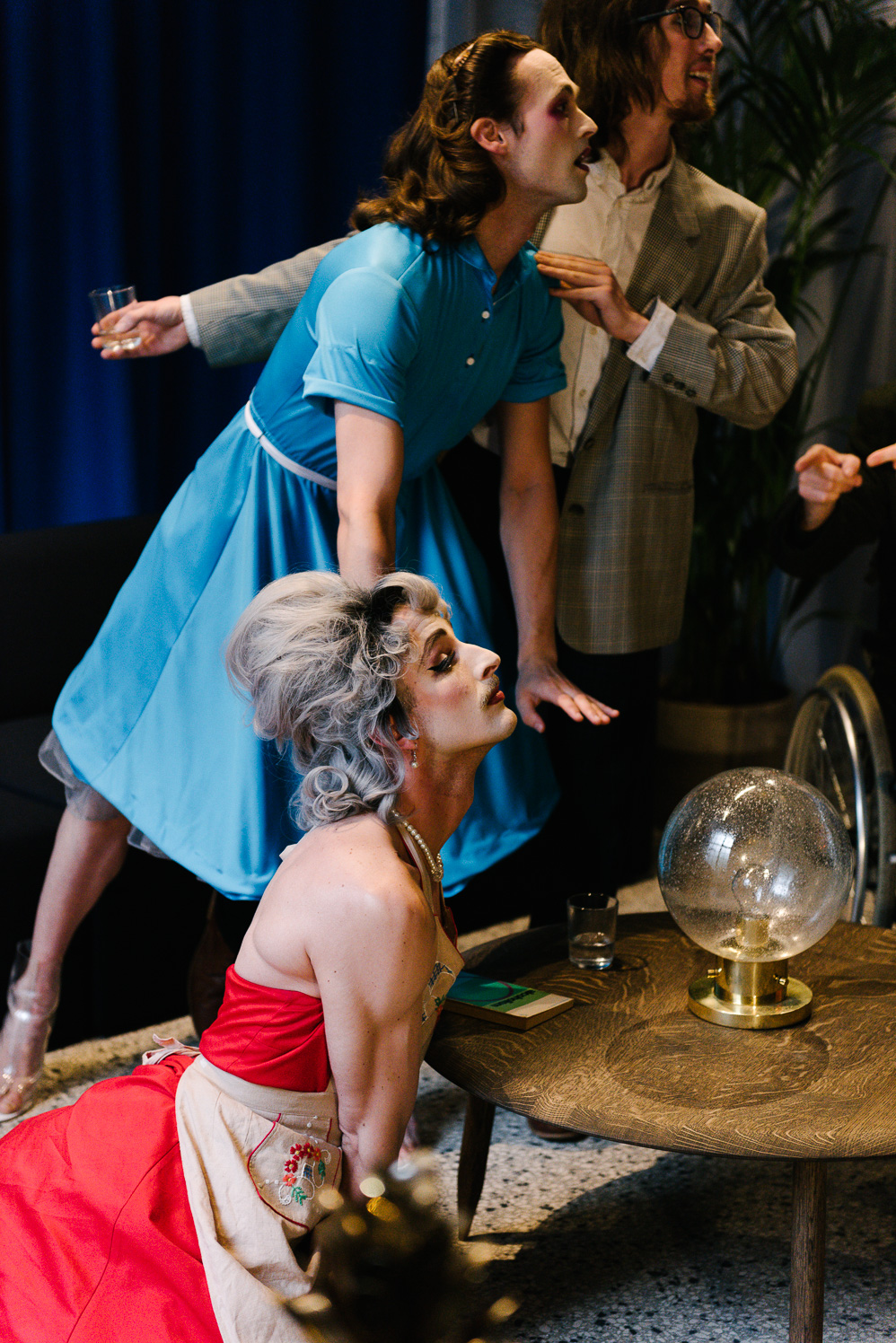
As more and more artists don select brands, it’s sometimes hard to tell whether they do so as a tongue-in-cheek reference to capitalism and conformity, or if they really are being paid to wear them. “It is interesting, because it seems like such a loud statement to have a Nike sign in your artwork, so when I was seeing it all over the place, to me it felt like a sign of conformity, because it’s so unquestioned. Berlin is supposed to have this very individual progressive liberal arts community, and yet you could just put an Adidas net over everyone and no one would say anything about it.” The age of artistic patronage has long since passed, and so artists—ever the innovators—are developing new strategies to finance their work. The white cube and the black box are being slowly dismantled, and non-traditional spaces are being used to work and exhibit in. Tarren views this change as opportunity for creative growth; “If you follow the beaten path of certain trajectories, and certain institutions and schools and residencies, the work does end up becoming similar, and it ends up kind of reinforcing certain ideas about what is possible and what’s not, or what’s cool, and what’s trendy and what’s valuable.” In a society where advertising has become so pervasive, distinguishing between what is truly valuable and what is a paid commercial in art seems the hardest question of all.
